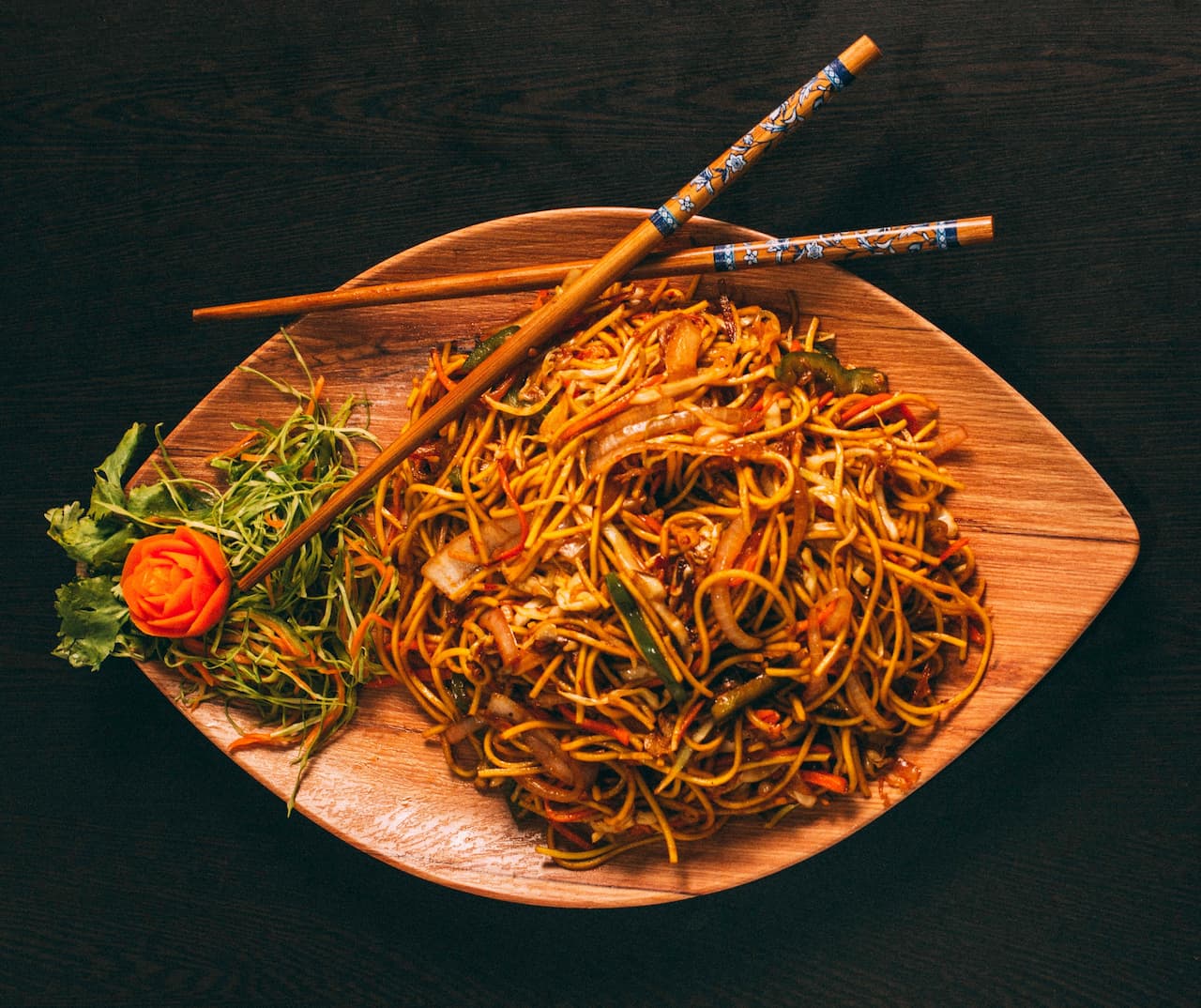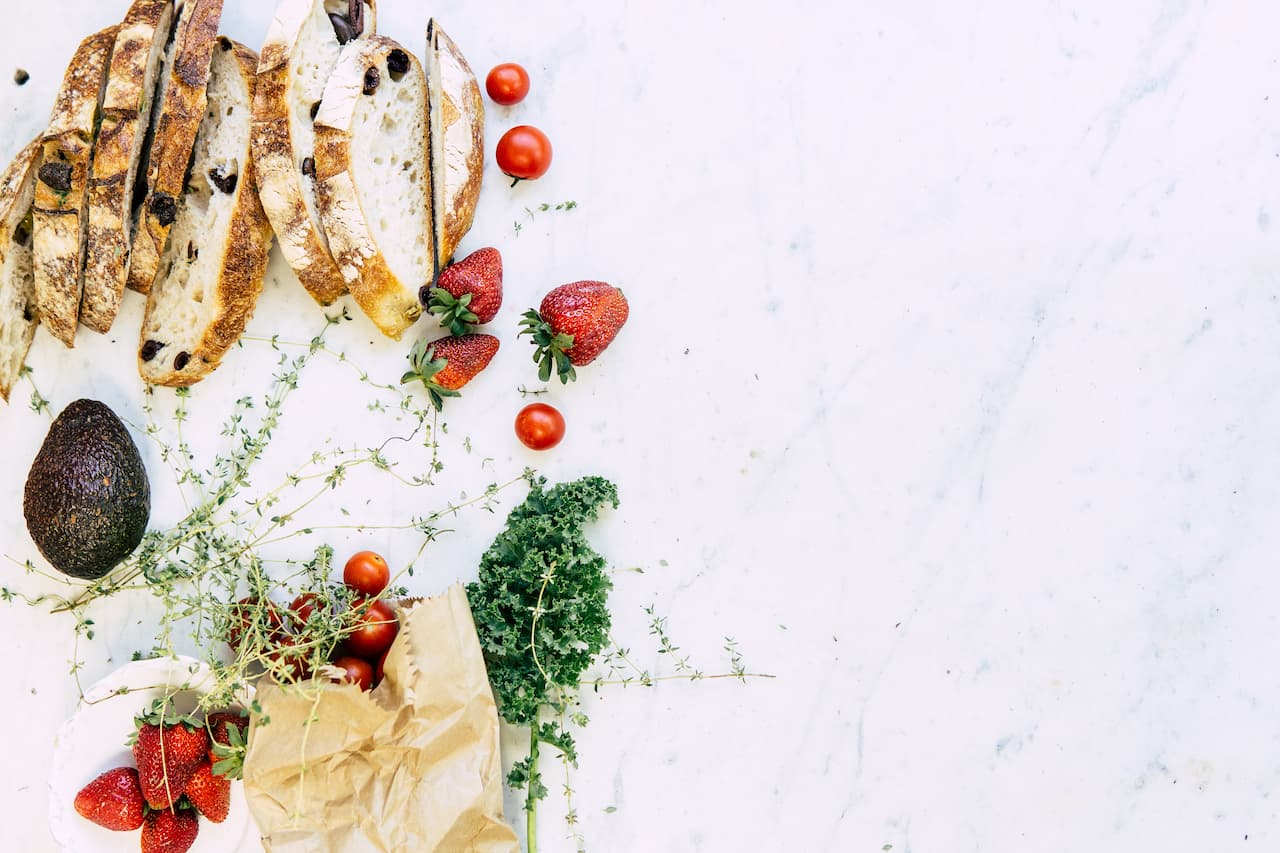Just the thought of a kebab makes my mouth water and my appetite run high. There is nothing more pleasant than being out in the countryside with the heat and enjoying ruddy meat, straight from the heat, with the aromas of smoke, spices and something else magical, which has no name? Everyone loves shashlik. And what do we know about the history of this dish?
- It is believed that shashlik is the first hot dish that appeared at the dawn of humanity. The ancestor of shashlik appeared in those ancient times, when our ancestors learned how to make fire and they had the opportunity to cook meat over a fire. Many centuries later, the dish has been improved by soldiers and hunters – they adapted to roast meat over an open fire on shompols – rods, designed for cleaning muskets. From the word “shompole” came the familiar name “skewer”. The native land of the dish is considered to be the countries of the Middle East.
2. The carcasses of hares, ducks, hazel grouse, piglets and other animals were roasted on the fire with a skewer as a whole. This required a considerable expense of wood and time, so such dishes were prepared mainly for royal receptions and feasts of the wealthy. From the Crimean Tatars in the XVIII century heard about the way of cooking shashlik by frying small pieces of meat over an open fire. Together with the new recipe in the Russian language came the word “shashlyk”. It appeared as a transformation of the Turkic “shishlyk”, meaning “something on a spit”.
- Today shish kebab is cooked all over the world, and in each country the dish has its own name. In the Middle East shish kebab is called kebab, in Bulgaria – shish kebab, in Armenia – khorovats, in Georgia – mtsvadi, in Greece – souvlaki, in Brazil – shurasca, etc. Shish kebabs and kebabs have their own cooking secrets associated with the characteristics of the climate, traditions, and religion of different countries. Dishes differ in types of meat used, methods of marinating, sauces. Try, for instance, Georgian shish kebab or oriental kebab cooked until golden brown by Jack’s chefs and decide which is more to your taste!
4. Shish kebab doesn’t necessarily mean lamb, beef or pork; it can be any kind of meat. In Japan, for example, kebabs are made from marinated squid and other seafood. The prepared dish is served with pickled ginger, which, according to the Japanese, repels the smell of the coals on which the shashlik is cooked. In Korea, there is a dish called “orikogikui” – shish kebab of duck. The duck, stuffed with spices and herbs, is roasted whole over a fire or baked in an oven.
- Vegetable kebabs of potatoes, sweet peppers, eggplants, tomatoes, zucchini, etc. are in demand among gourmets no less than kebabs of meat. They, too, are cooked on skewers or grills and served with different sauces. The Jack’s team offers an assortment of kebabs, many of which can be assembled to your liking. Do not deny yourself the pleasure to try something new, not quite familiar, but no less delicious!
- Appetizing, juicy kebabs can make any meal a success. Jack’s chefs know that it is important not only to find the “right” meat and properly cook it, but also do not make a mistake with the marinade. Preparing a marinade is a real art. As a basis, experienced chefs usually use not vinegar (it makes the meat tough), but any sour medium – the juice of lemon, grapefruit, orange or pomegranate, wine, kefir, sour milk, yogurt, kvass. There are a great many recipes for marinades. Onions, peppers, various herbs and spices are a mandatory part of the recipe.
- Classic kebab is brilliant in its simplicity and will certainly never bore fans. If you still want to expand your culinary horizons and get a new gastronomic experience, pay attention to mini kebabs for stand-up parties and holidays as well as to Jax’s specialty “according to the family recipe” – shish kebab by General Mistulov. We are sure you won’t regret it, because these dishes just melt in your mouth!
- Experts recommend choosing a good dry wine “to the kebab” – it will not only complement the bouquet of flavors, but also improve the digestive process and help burn fat. For shashlyk of red meat choose red wine, and for shashlyk of poultry or fish it is better to take white wine. But vodka and beer with shashlyk is not recommended under any circumstances. Dry wines served with kebab must be at room temperature, they do not need to be cooled even in the heat.




